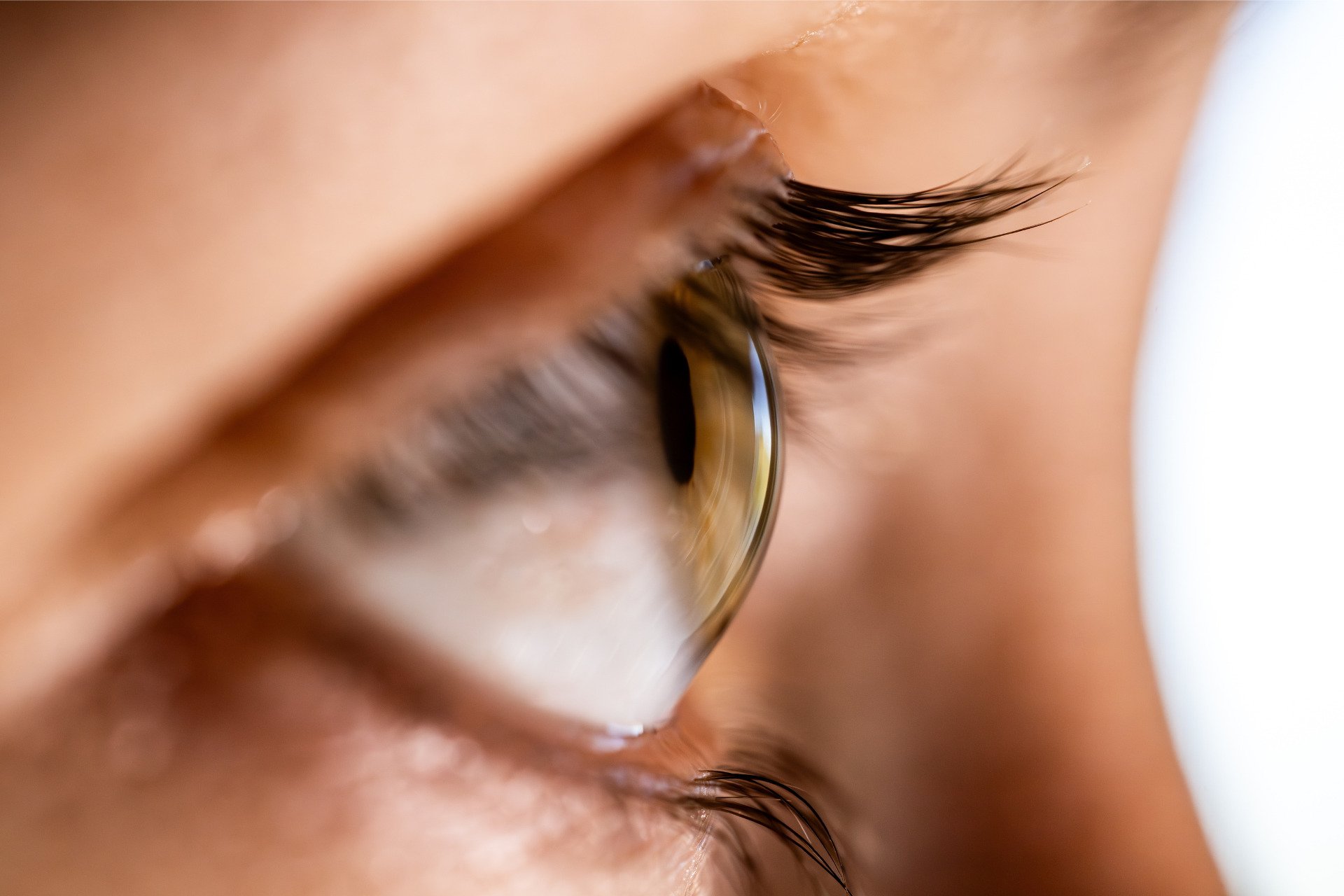BREAKING: Scientists at Occidental College and the University of California, Irvine have potentially revolutionized eye care with a groundbreaking method to repair corneas—without lasers. This urgent development, revealed at the American Chemical Society conference in September 2023, could provide a safer, non-invasive alternative to traditional LASIK surgery.
The new technique, known as electromechanical reshaping, temporarily alters the cornea’s structure, making it malleable enough to reshape without the risks associated with laser surgery. Lead researcher Michael Hill, a professor at Occidental College, stated,
“There’s a long road between what we’ve done and the clinic. But if we get there, this technique is widely applicable, vastly cheaper, and potentially even reversible.”
WHAT THIS MEANS FOR PATIENTS: LASIK is widely used to correct vision issues such as myopia, farsightedness, and astigmatism, but it can lead to side effects including dry eyes, halos, and even serious complications. The new method aims to bypass these dangers entirely, offering hope to those who have been hesitant to undergo traditional laser surgery.
In their experiments involving rabbit eyeballs, researchers used a platinum-based contact lens as an electrode to shape the cornea. By applying short bursts of electricity, they altered the pH of the corneal tissue, allowing it to become flexible and mold to the desired shape. Remarkably, the corneal cells remained alive, indicating the procedure’s potential for safety and efficacy.
NEXT STEPS: While the findings are promising, further research is essential. The team plans to test the procedure on living rabbits before considering human trials. They hope to explore its applicability not only for myopia but also for correcting farsightedness, astigmatism, and certain types of cloudy vision.
The researchers are currently facing challenges in securing funding, which has delayed their progress. However, the excitement around this innovative technique is palpable, and it could reshape the future of vision correction—making it both safer and more accessible for patients worldwide.
Stay tuned for more updates as this story develops—this could be a game-changer in eye care!
